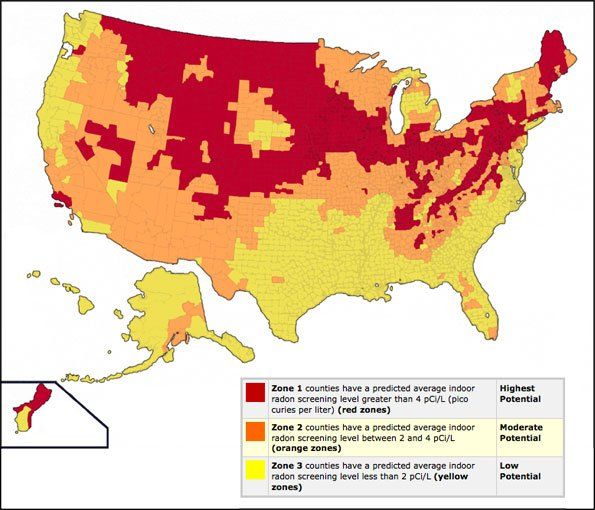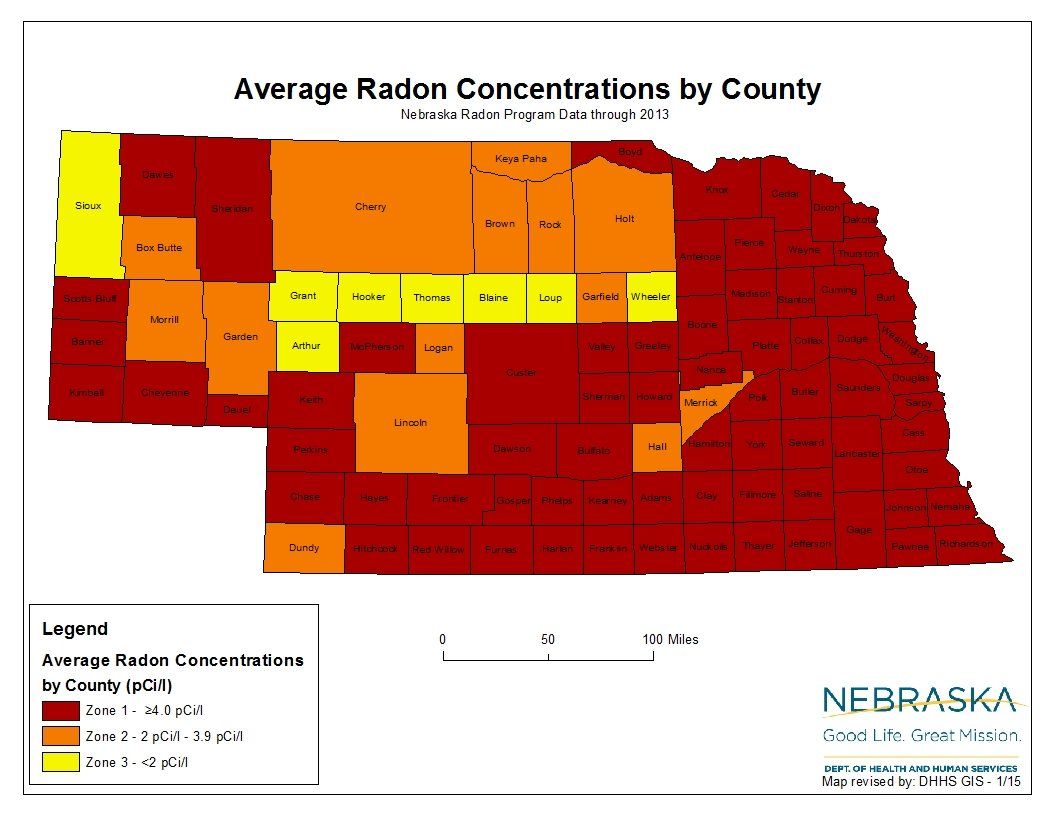ALL ABOUT RADON
Have You Heard About Radon?
Have you heard about radon? This gas is not a visible or odorous gas. It is a natural element found in the earth. Even if you cannot smell it, you can still have high levels of this gas in your home. The problem of radon in your home may not be obvious to you, but it is a serious health risk to you and your family. This article will explain what radon is and how you can protect yourself.
Radon is a radioactive gas that can be found in any home at elevated levels. This gas is invisible and can't be detected. It is naturally occurring, coming from the breakdown of uranium in the ground. It can seep into a home through cracks and leaky pipes, causing people to breathe it in. Exposure to radon can lead to lung cancer and other lung diseases.
The good news is that radon is very difficult to detect. It is almost impossible to prevent the buildup of radon, and you can often get a reduced level by making the necessary repairs. This doesn't have to be a deal-breaker if you discover radon at a property you're interested in. There are ways to address this problem, and the buyer can negotiate with the seller to fix the problem. If the problem is too high, the buyer and seller can work out a formula and share the costs. For example, if you are buying a house that has a lowered meter reading, the seller can put money in escrow to test it for radium, and the buyer can follow up annually to see if the levels have lowered.

About 20,000 Deaths Each Year Is Caused By Lung Cancer Due To Radon Exposure
The Lung cancer and radon correlation is based on the finding that the risk of developing lung cancer increases significantly after exposure to radon. Although radon alone is not enough to trigger the development of lung disease, it is important to know that both smoking and radon exposure increase the risk of this disease. Together, these two factors can contribute as much as twelve percent of the overall risk of developing lung cancer. In a way, radon serves as an extra influence on the occurrence of the disease.
The link between radon and lung cancer has been established for four decades. When uranium miners were first exposed to radon, they began to notice an elevated risk for lung cancer. When this phenomenon was recognized as a global problem, scientists began to look at the potential risks of radon in the home. This led to a skepticism about the implications of the findings for homeowners, but a series of rigorous studies has effectively put the issue to rest.

THE HEALTH RISKS OF RADON IN OUR HOMES
U.S. SURGEON GENERAL, RICHARD CARMONA, URGES AMERICANS TO GET THEIR HOMES TESTED FOR RADON
People are being encouraged to have a radon test done in their homes. This radioactive gas, which is invisible and odorless, is one of the most common environmental causes of lung cancer and is found in many buildings. EPA has estimated that radon is responsible for 488 of the 2,900 lung cancer deaths each year in Wisconsin. Whether you have your home tested or not, it is important to know if radon levels are high enough to cause health problems.
In a recent report, the Department of Public Health and Environment urged residents of the state to have a radon test done in their homes. It was reported that radon is the second-leading cause of lung cancer in non-smokers and causes an estimated 21,000 deaths every year in the U.S. It enters homes through the soil and can become a health hazard inside the home.
Radon is a naturally-occurring radioactive gas. It is a major cause of lung cancer in non-smokers and is the second leading cause of death in the United States. While the gas can naturally disperse outside, it can also enter a home and become a health hazard inside the building. In the state of Connecticut, over half of homes have radon levels above EPA guidelines.

RESEARCHERS ON THE DIRECT LINK OF RADON TO LUNG CANCER
Scientists have long suspected that radon is a carcinogen, and their findings are now backed up by a large, multi-state study. The researchers found that radon levels in homes are elevated by about five times more than those in the general population. These results are consistent with other studies of lung cancer and indicate that the danger of radon in homes may outweigh the benefits of reducing indoor ozone levels.
To date, there have been about 1100 lung cancer deaths associated with radon in homes in the U.K. These figures are much lower than what the EPA has determined to be a significant risk. However, these results are inconsistent and may not be a conclusive conclusion. This is not to say that radon is a carcinogen, as it has not yet been proven in humans. The EPA has issued a warning that residents of homes with radon in them should reduce their exposure.
A number of recent studies have shown that radon in homes can cause cancer in humans. The most comprehensive study was conducted in North America and involved the University of Iowa. The researchers compared the radon levels in a large, national study, and found that the concentrations were significantly higher in households than in non-smokers. The results of these studies have raised concerns about the safety of radon in homes.
THE GREATER EFFECT OF RADON EXPOSURE TO SMOKERS AND NON-SMOKERS
The great majority of people think that radon exposure is only a problem for smokers. In fact, it is actually harmful to nonsmokers as well. Compared to smokers, nonsmokers are more susceptible to lung cancer. In the US, radon is present in all homes, so the greater effect it has on nonsmokers is greater than that for smokers.
This study found that residential radon exposure is associated with a higher risk of lung cancer than non-smokers. The difference between the two groups was greater for smokers than for non-smokers. This indicates that preventive measures should be aimed at smoking cessation and withdrawal from secondhand smoking.
The committee on radon concluded that the risk of lung cancer was directly proportional to the amount of radon in a person's environment. Exposure to radon in a non-smokers' home doubled their risk; while exposure to non-smokers was half their risk.
In animal studies, exposure to radon has been associated with increased lung cancer risk. However, the interaction between radon exposure and lung cancer has not reached statistical significance. In this study, the association between radon exposure and lung cancer risk was greatest among non-smokers and environmental smokers. The study concluded that the greater effect of radon exposure on non-smokers was not significant.
Sources:
Haynes, William M., ed. (2011). CRC Handbook of Chemistry and Physics (92nd ed.). Boca Raton, FL: CRC Press. p. 4.122. ISBN 1439855110
Kusky, Timothy M. (2003). Geological Hazards: A Sourcebook. Greenwood Press. pp. 236–239. ISBN 9781573564694.
Navigation
Navigation
Services
Working hours
- Mon - Fri
- -
- Sat - Sun
- Closed
Copyright Elite Radon Mitigation Indianapolis | Proudly Powered by Snapps